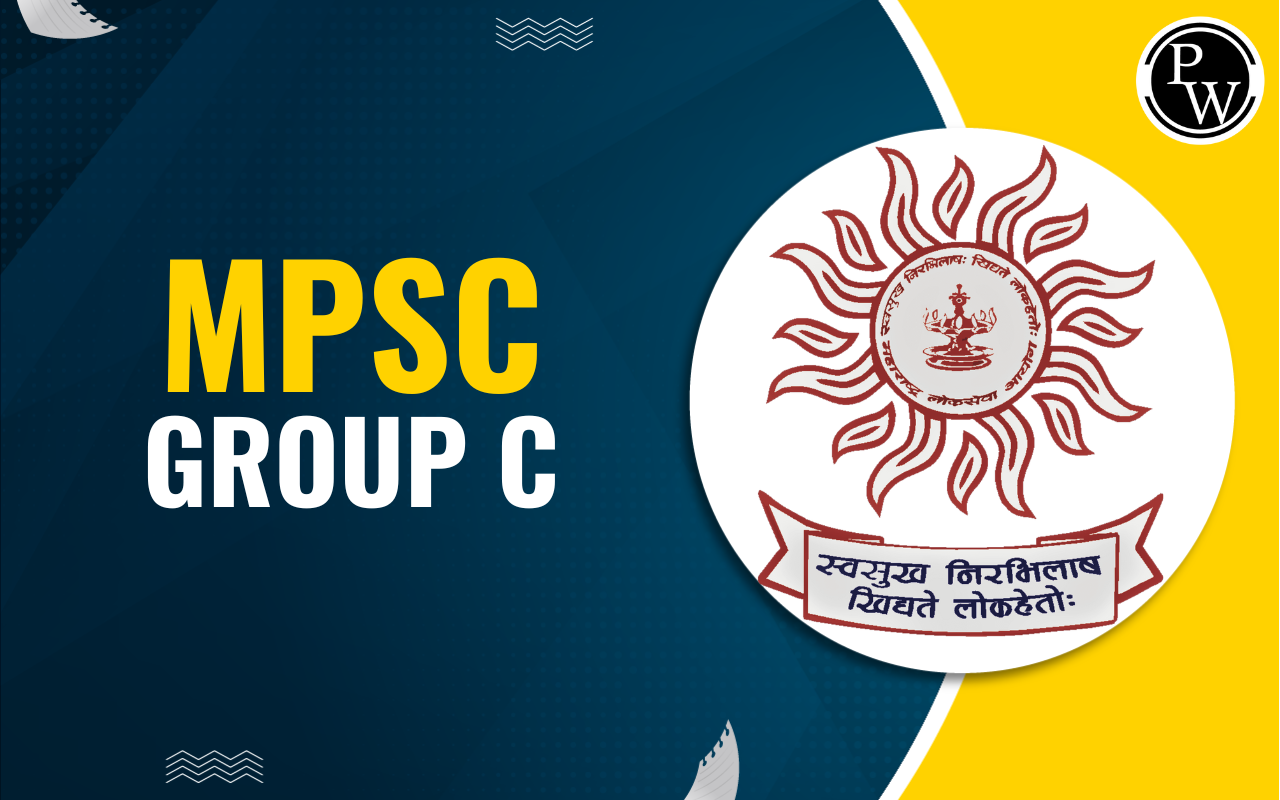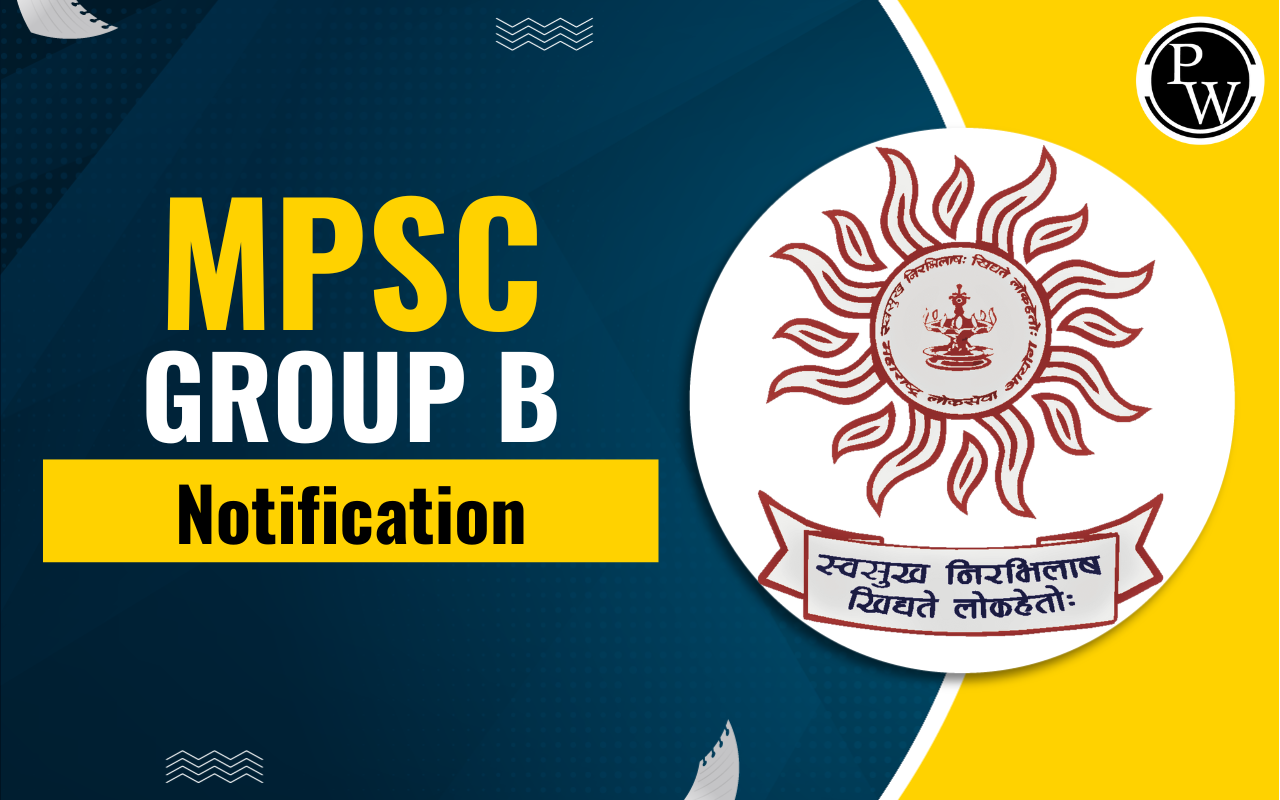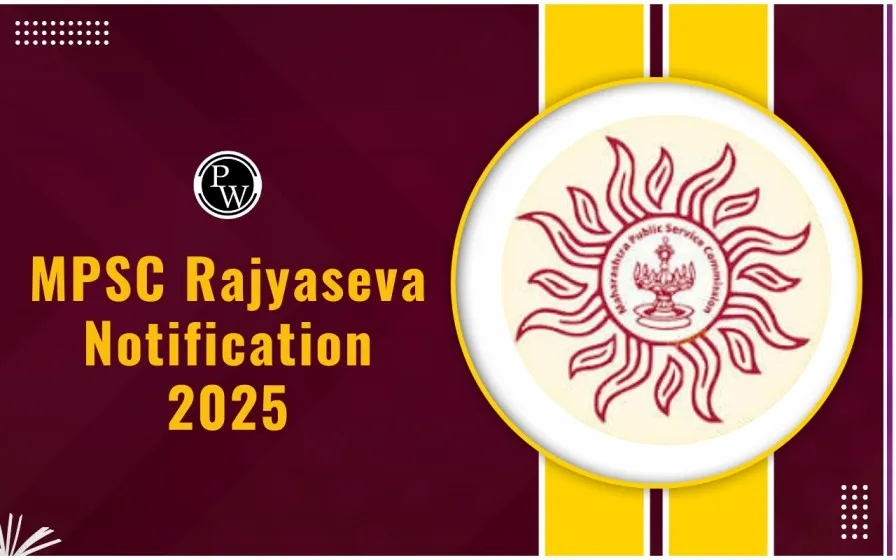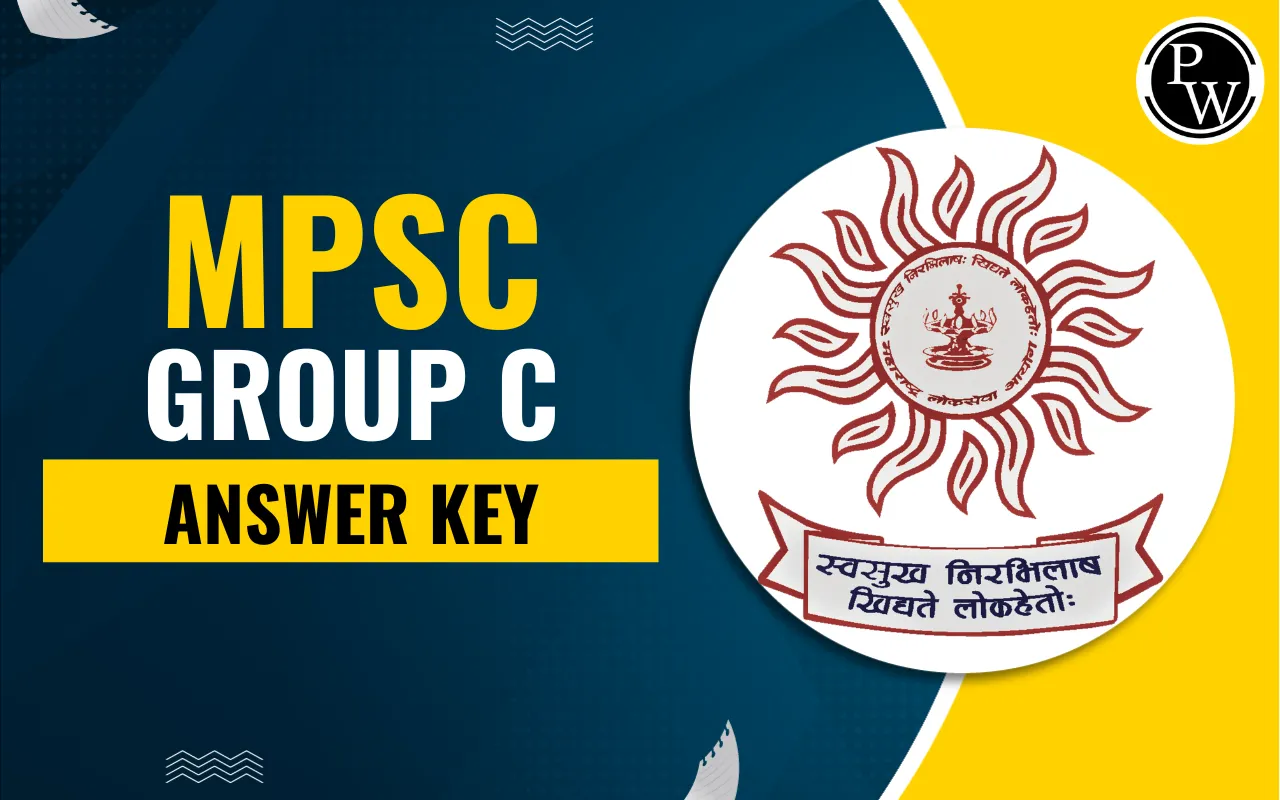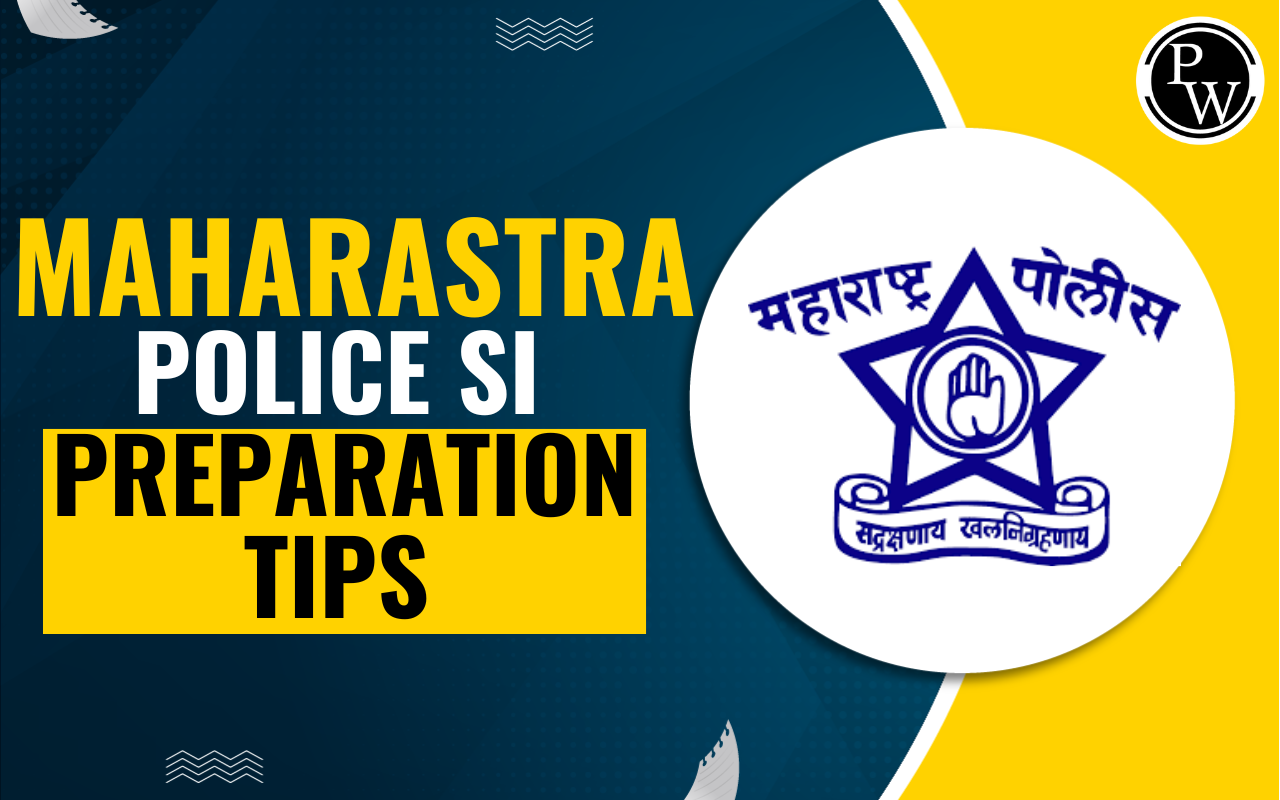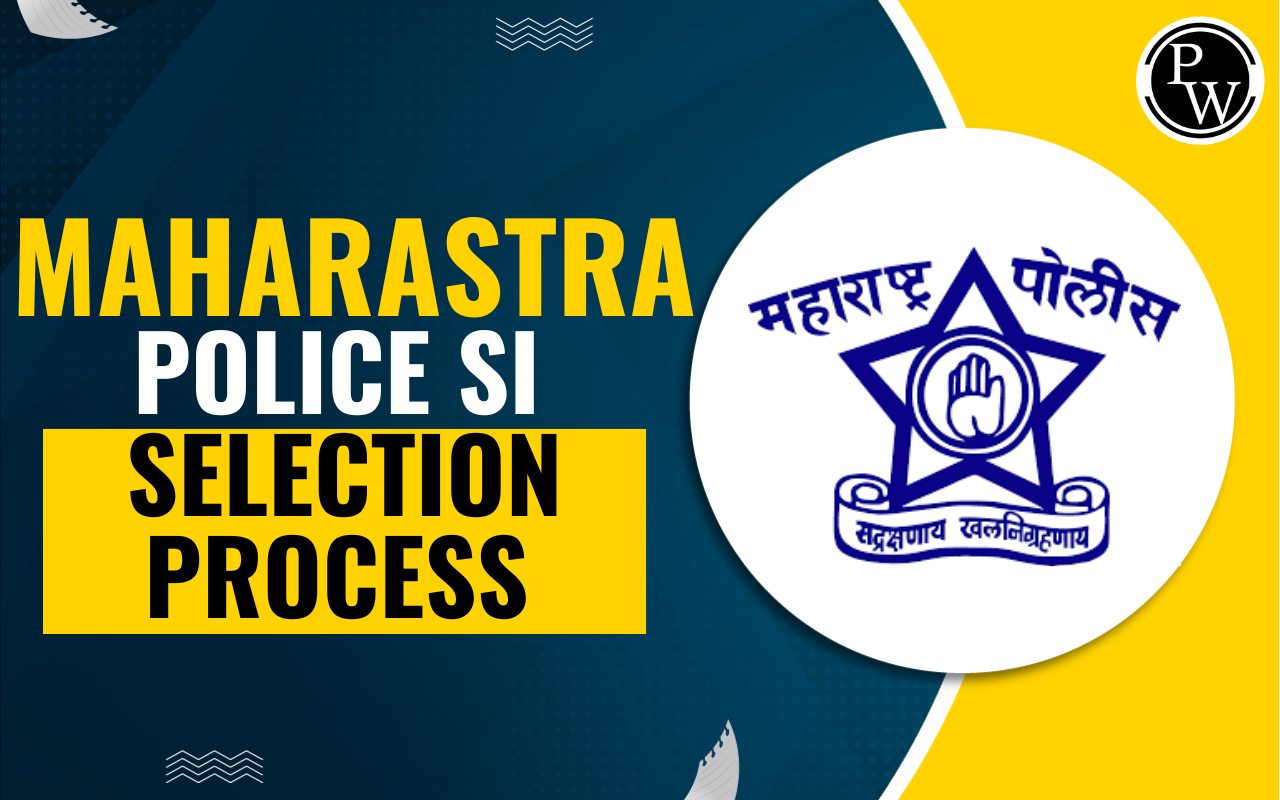

Dharavi Redevelopment Project: The Maharashtra government has approved the master plan for the Dharavi redevelopment project. The aim is to improve the area while keeping its original spirit and character. The government also wants the development to be eco-friendly and well-planned, with proper housing, roads, and other basic services. This plan will help make Dharavi a better place to live without losing its unique identity.
What is Dharavi Redevelopment Plan
Dharavi, spanning approximately 600 acres, is home to nearly 10 lakh people and hosts numerous small-scale industries.The DRP is a joint venture between the Maharashtra government and the Adani Group, with the latter holding an 80% stake. The project envisions an integrated development approach encompassing residential, commercial, and industrial aspects, aiming to improve living conditions and infrastructure while maintaining Dharavi's cultural and economic fabric.
One State One Registration Policy in Maharashtra
Key Features of the Master Plan
The master plan for Dharavi’s redevelopment focuses on creating a well-organized, eco-friendly, and self-sufficient neighborhood. It aims to improve housing, infrastructure, and public spaces while preserving the area’s unique character. Here are the details:
-
Cluster-Based Development: The redevelopment will follow a cluster-based model, reorganizing the densely populated area into compact, self-sufficient neighborhoods that integrate residential, commercial, and social infrastructure within walking distance.
-
Infrastructure Enhancements: The plan includes the construction of approximately 50,000 housing units, green spaces, a central park, a museum, and a multi-modal transit hub, aiming to provide world-class amenities to residents.
-
Environmental Considerations: The project emphasizes environmentally friendly development, ensuring that construction activities do not adversely affect the surrounding ecosystem.
Amendment of Maharashtra Cooperative Societies ACT 1960
Rehabilitation and Resettlement Plans
The DRP aims to rehabilitate around 3 lakh current residents within Dharavi, while the remaining population will be relocated to areas like Mulund, Kanjurmarg, and Bhandup under the Pradhan Mantri Awas Yojana. Only those residing on the ground floor before January 1, 2000, are eligible for free housing; others will receive housing options through subsidies or purchase schemes.
Economic and Social Impact
Dharavi hosts thousands of small-scale industries, including leather, garment, embroidery, pottery, and recycling units, providing employment to many, especially migrant workers. The redevelopment aims to preserve this economic ecosystem by allocating spaces for commercial use and ensuring that the area's unique commercial character is maintained.
Also read: CareEdge State Ranking Report 2025
Concerns and Opposition
The project has faced criticism from political parties and local residents. Concerns include the lack of public consultation, potential displacement of residents, and the adequacy of rehabilitation plans. Some factory owners fear losing their workspaces and homes, as the plan primarily offers rehabilitation for ground-floor tenements occupied before January 1, 2000, leaving upper-floor units, where many businesses operate, uncovered under the free resettlement criteria.
Dharavi Redevelopment Project FAQs
What is the Dharavi Redevelopment Project?
Who is leading the Dharavi Redevelopment Project?
How many people live in Dharavi?
Will residents be relocated during the redevelopment?
Is the project environmentally friendly?



